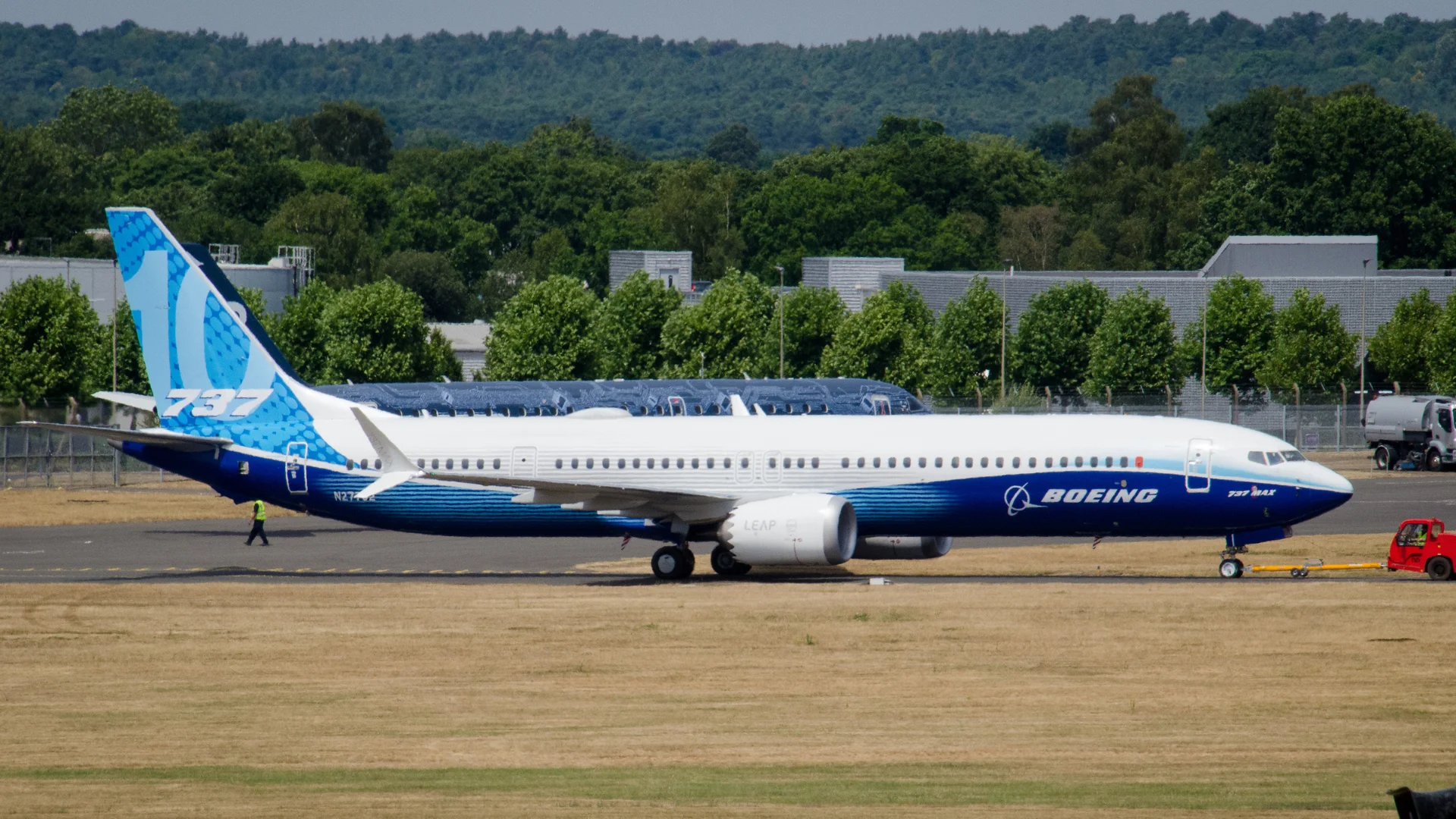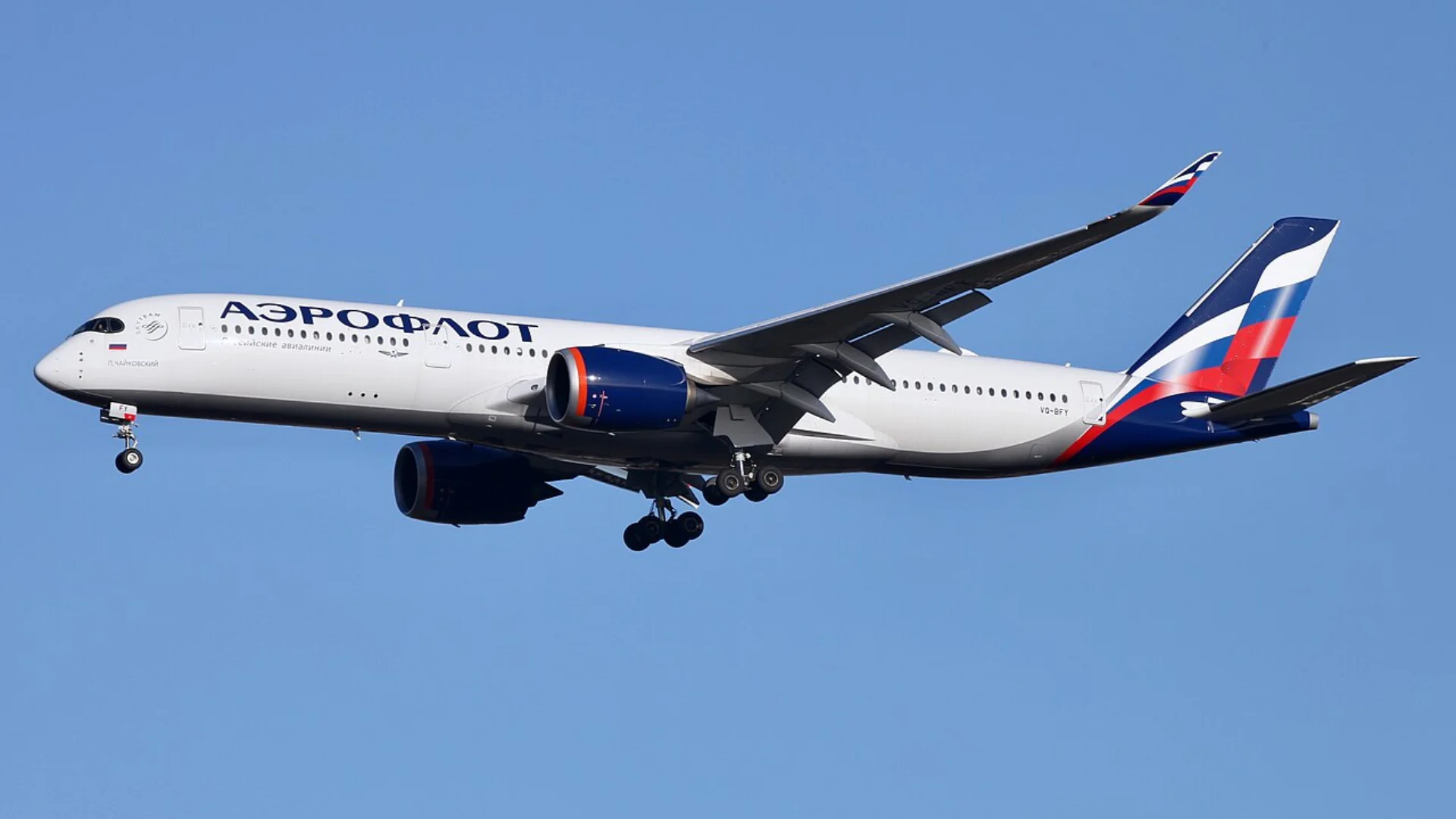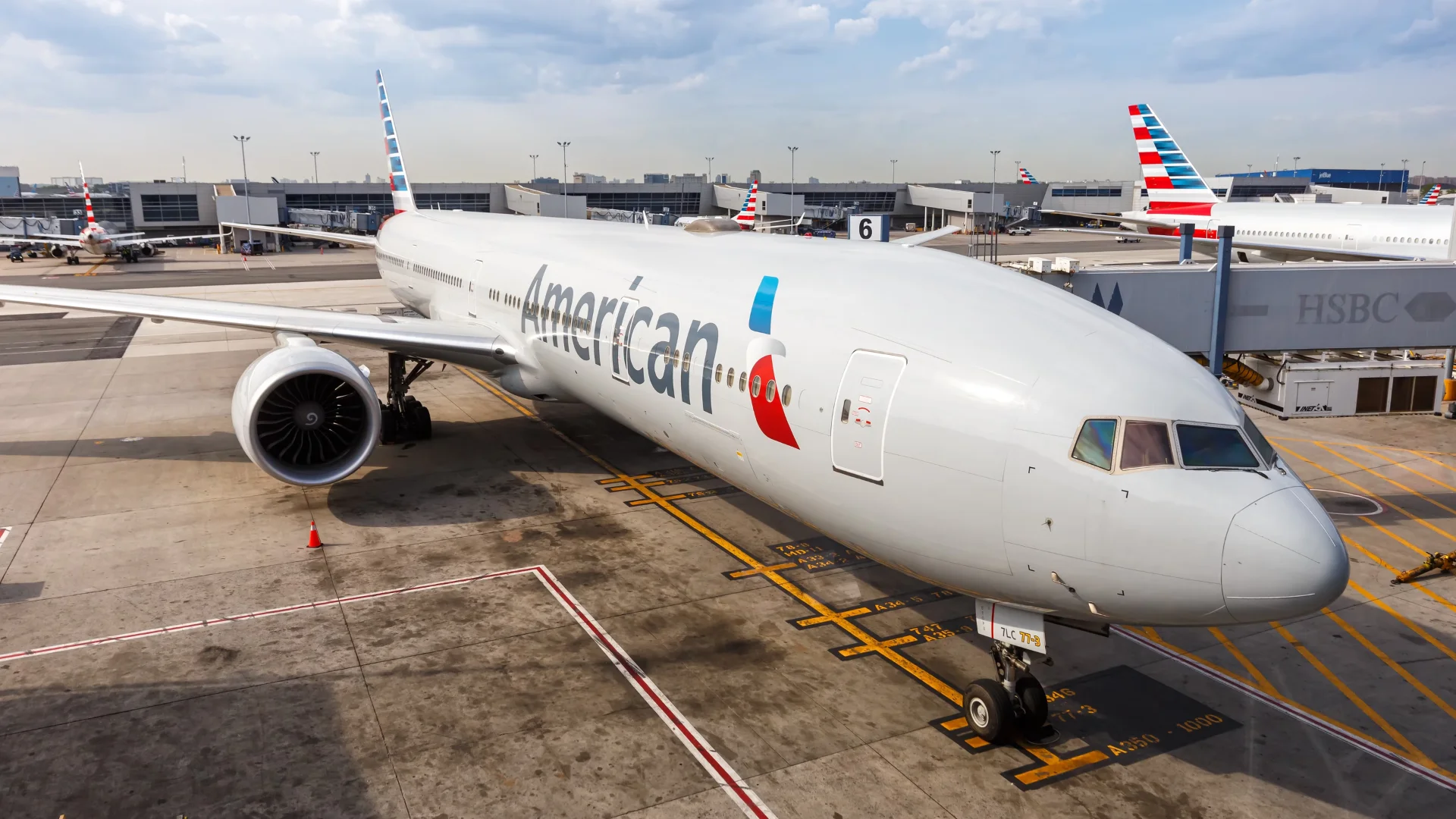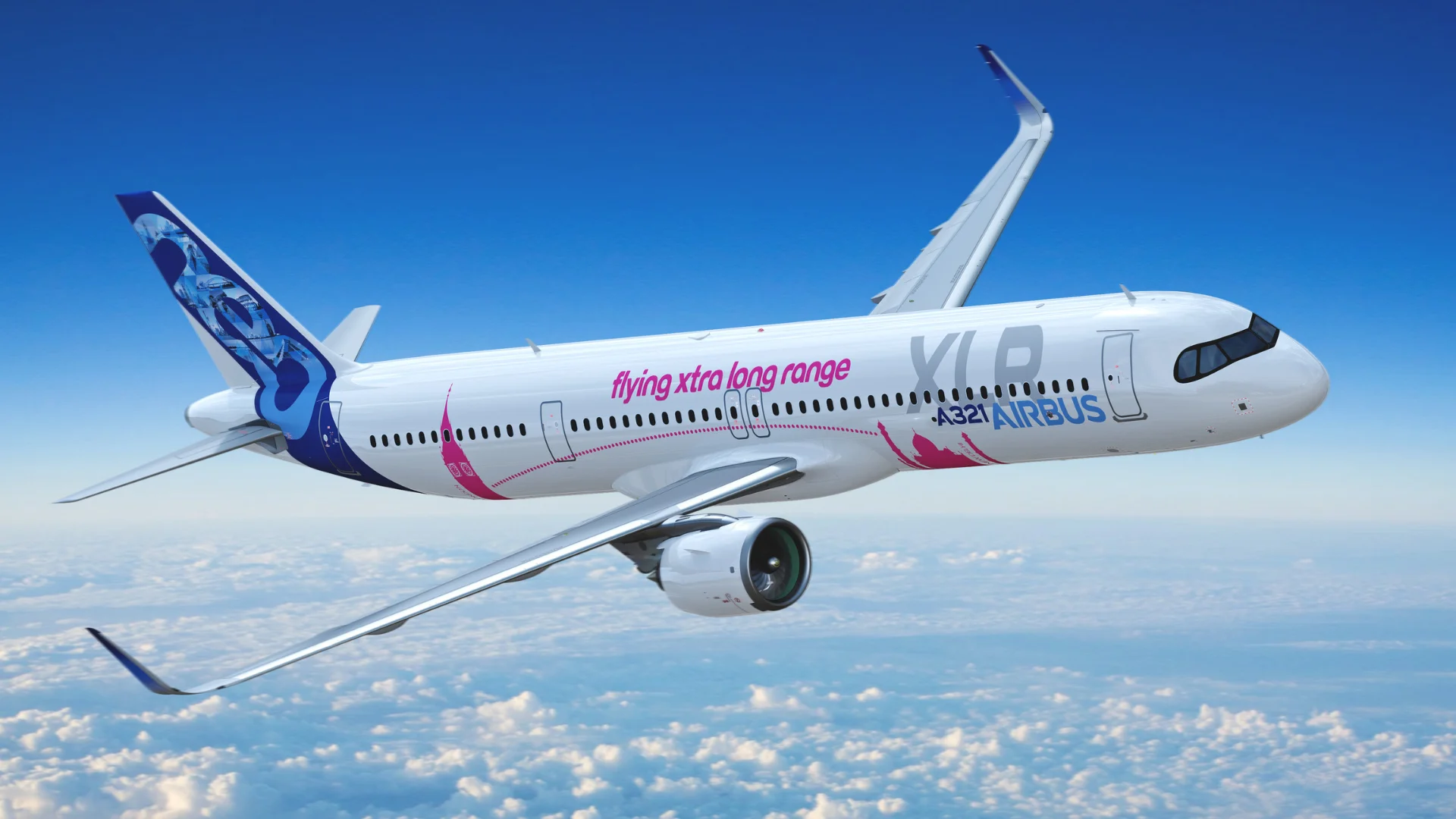As the Paris Air Show commenced, ATR and RTX, the parent company of Pratt & Whitney Canada, announced a collaboration to develop next-generation turboprop engines. This partnership aims to leverage both companies' expertise in creating advanced turboprop airliners.
ATR is a joint venture between Airbus and Leonardo, known for producing regional turboprops like the ATR 42-600 and ATR 72-600, currently powered by Pratt & Whitney Canada's PW127XT engines. The PW127XT is derived from the PW100 family, first introduced in 1981. Pratt & Whitney Canada plans to enhance thermal efficiency by increasing internal temperatures, which will improve fuel efficiency and field performance.
Pratt & Whitney Canada is also exploring advanced materials such as carbon-composite and ceramic matrix composites to reduce engine weight and increase durability. It remains uncertain whether this study will lead to a new PW100 variant or an entirely new engine design.
 Alerts Sign-up
Alerts Sign-up











